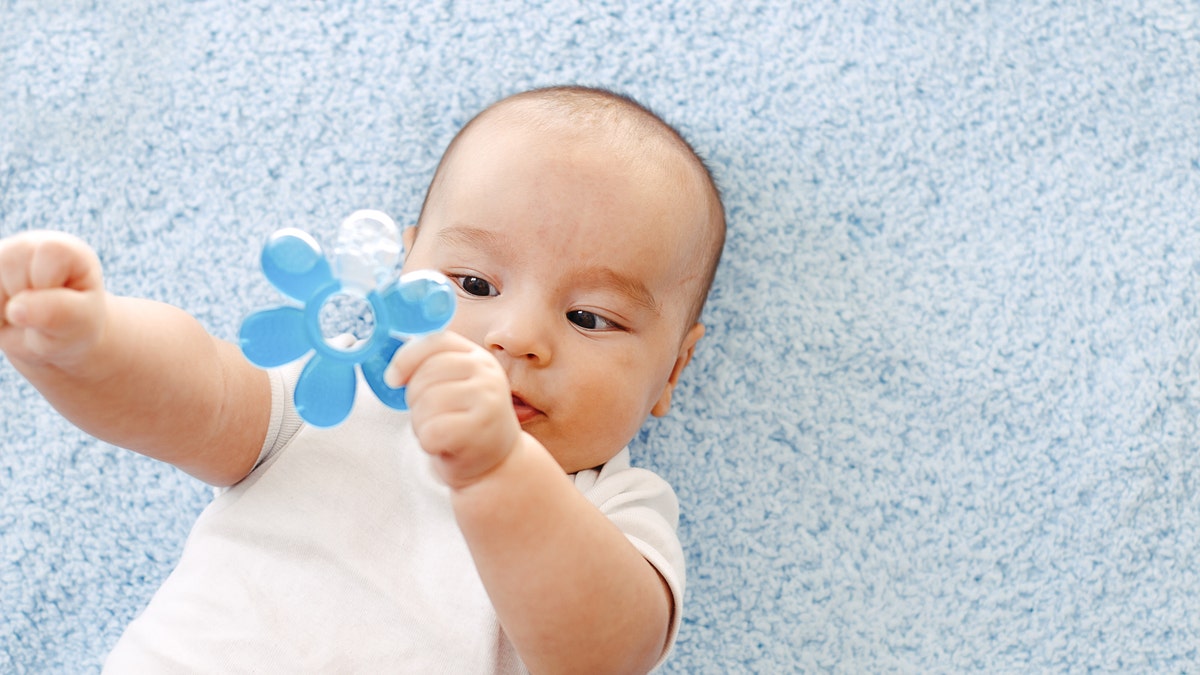
Cute baby with teether (FGorgun)
While researchers have yet to determine the exact cause of autism spectrum disorder (ASD), new findings suggest differences in exposure to certain metals and nutrients in the womb and in early childhood may affect a child’s risk of developing the disorder.
In a small study involving the baby teeth of twins in Sweden, researchers from the Ican School of Medicine at Mount Sinai in New York analyzed differences in tooth layers, according to Reuters. The team used teeth from 16 pairs of identical and fraternal twins, with at least one sibling who had an ASD diagnosis by the time they were about 18, and compared them with baby teeth from 22 twin pairs who were developing normally.
“Teeth are like ‘biologic hard drives’ – information is constantly being captured in their growth rings as teeth grow, starting in prenatal development,” Dr. Manish Arora, of the Ican School of Medicine at Mount Sinai, told Reuters. “By uncovering information from teeth, we can reconstruct what an individual experienced in utero and in childhood.”
While Arora said that the findings are too premature to make clinical recommendations off of, the team did find significant differences in metal uptake between twins with ASD and their healthy siblings and certain points in development. In late pregnancy and the first few months after birth, the teeth of children with ASD showed a higher uptake of lead, and a lower uptake of essential nutrients manganese and zinc, Reuters reported.
The researchers noted that the timing of unusually high or low uptake was different for each of the elements examined in the teeth, but also that three months after birth, the amount of toxic metals in teeth could predict the severity of ASD at ages 8 to 10 years, Reuters reported.
PARENTS RACING TO SAVE TODDLER FROM 'CHILDHOOD ALZHEIMER'S'
“It is important to remember that there is a long way to go before the results of this study can be useful to families and individual patients,” Abraham Reichenberg, a study co-author, told Reuters. “More research is needed so that we can understand how nutrients, environmental toxins and genes interplay and lead to the development of autism.”
Researchers also cautioned that they don’t know if differences in the amount of toxic metals and nutrients in the teeth are due to how much a fetus or child is exposed to, or to differences in how they absorb and process these substances.
The study was published in the journal Nature Communications.
Rueters contributed to this report.
